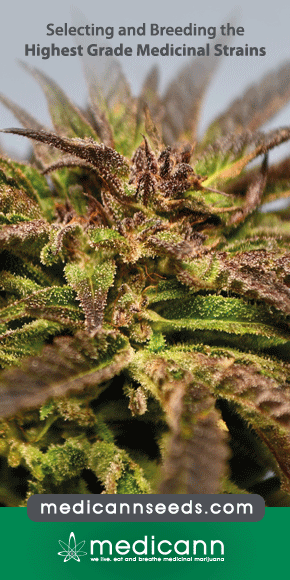Efficacy of artisanal preparations of cannabidiol for the treatment of epilepsy: Practical experiences in a tertiary medical center
Medically refractory epilepsy continues to be a challenge worldwide, and despite an increasing number of medical therapies, approximately 1 in 3 patients continues to have seizures. Cannabidiol (CBD), one of many constituents of the Cannabis sativa or marijuana plant, has received renewed interest in the treatment of epilepsy


